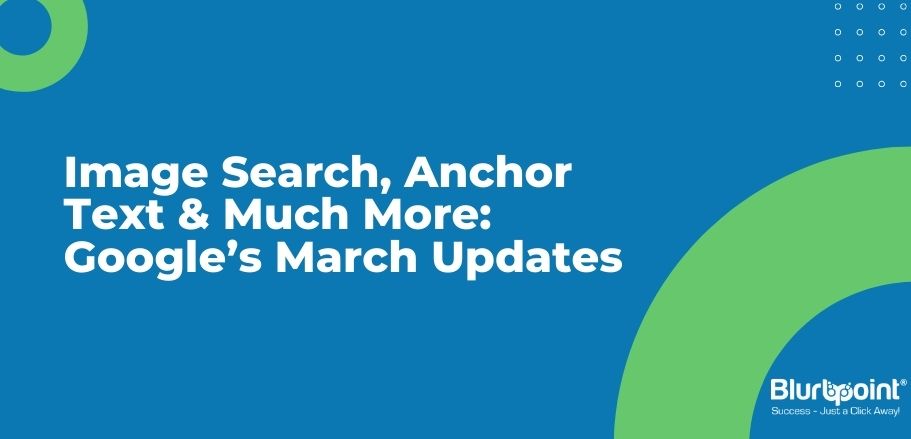GET A FREE CONSULTATION



Posted by Sanket Patel
April 04, 2012
Now, Google’s latest and top round of search quality updates is obtainable and it sounds like a touchy old SEO. Now, this month’s seems even more difficult to grasp than normal. You can find various numbers of words in this month’s list of 50 changes but it emerges to me that there is not really a lot of explanation. Google’s search team is always welcoming the new things and they are also good to get discussion and conjecture going. Here, you can find few things which stand out first to me of Google’s blog post.
Anchor Text twists:
On the list, you can find two important things which make specific reference to hoe Google processes anchor text. From the announcement, here they are word for word.
Handling twists of anchor text: Now, we turned off a classifier related to anchor text. Other methods of anchor processing had huge success that suggested by our experimental data. So, this point made our scoring cleaner and more robust.
Utilization of anchor text and Better Understanding: We have enhanced systems by which we use to interpret and use anchor text. We also determine that how applicable a given anchor might be for a given query and website!
A specific classifier is the first mention which has been turned off and the second mention is a new way that is for determining anchor text relevance. Your guessing power as good as mine so comments are open if you want to speculate or tell us that you have noticed lately regarding links and anchor text.
Image Search Changes:
There are few things that are related to image search and also related to quality of the pages on which images appear:
The changes which are done we use related to landing page quality for images. It also makes it more likely by which you will find highly relevant images. You are also able to find those images that are on the lower quality pages. On high-quality landing pages, we already have updated signals to better promote reasonably sized images.
Indexing Symbols
Google is no longer ignoring various punctuation marks and symbols and as the owner of a website whose name begins with @ symbol, I love those websites. In queries, we ignore punctuation symbols. Based on analysis of our query system stream we are now started to index more symbols as usage warrants.
Navigational Queries
Regarding navigational queries, there are pairs of updates.
For navigational queries, Improvement results: As we all know that navigational query is a search where it looks like the user is looking to navigate to a particular website like New York Times. There are still some changes that are serving the best results while these searches may seem straightforward.
With both Navigational and local Intent, better handling of queries: there are some queries that have both local intent and navigational. The balance of results that we are showing will be improved by this change and it also helps to ensure that you will find highly relevant navigational results or local results towards the top of the pages as appropriate for your query!
Some other things that grab the attention: We have updated the sources behind our short answers features to rely on data from freebase. At the time we decided to roll out the change only for news-related traffic. This month we rolled it out for all queries.
Get best indexing of your profile page: Through this change, the completeness of public profile pages in our index from more than two-hundred social sites.
Enhancements to Freshness: last year, we have launched an improvement to freshness which was very helpful but it also cost significant machine resources. Now, we decided to roll out the changes only for news-related traffic at the time. This month we also rolled out for all the queries.